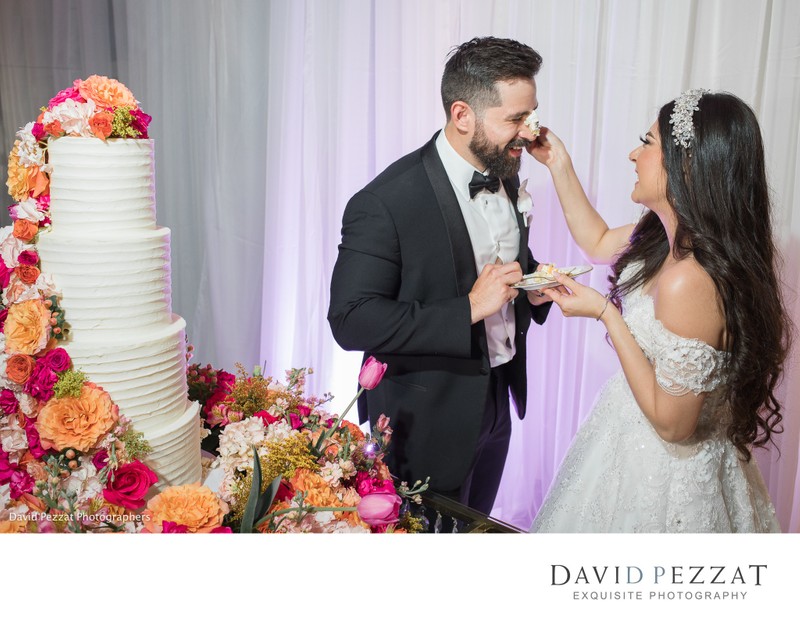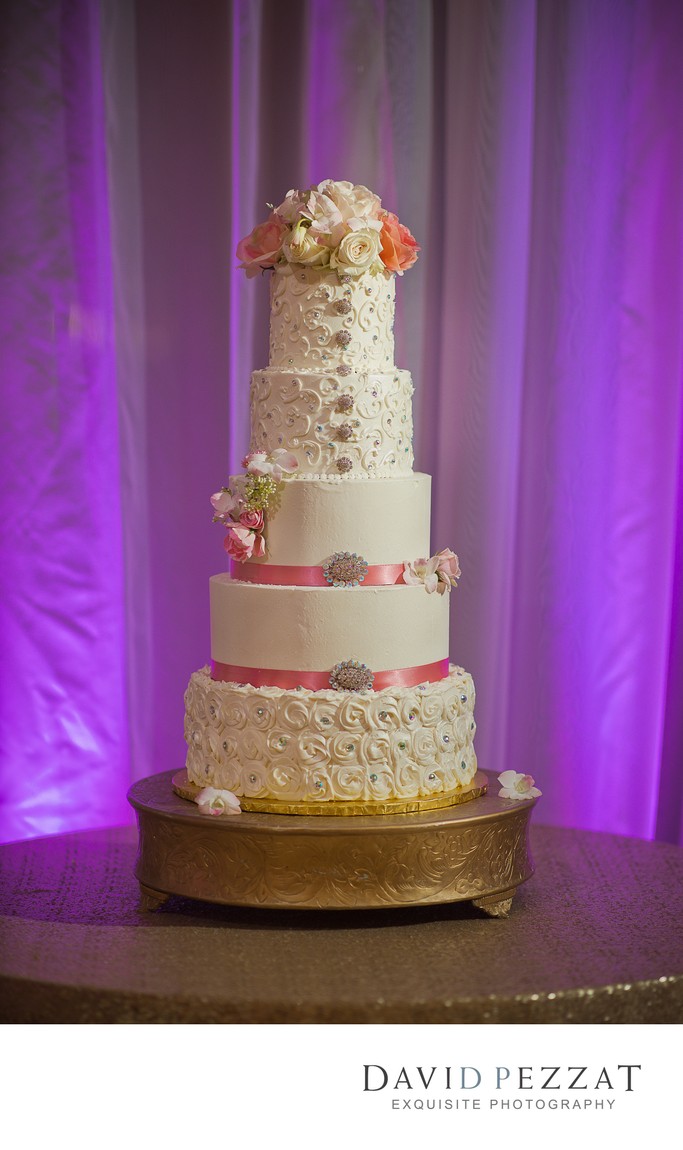Wedding Cakes: A Deep Dive into Traditions and Sweet Cakes
Hello to all the couples, wedding enthusiasts, and sweet-toothed friends out there!
My name is David Pezzat, and I am a devoted aficionado of all things wedding-related. Today, I am absolutely thrilled to slice into one of my favorite wedding elements – the wedding cake! Let's take a tasteful journey through the rich traditions and delectable facts that surround this iconic centerpiece of matrimonial celebrations.
A Piece of History
The tradition of wedding cakes dates back centuries. The ancient Romans had a custom where a loaf of bread was broken over the bride's head to bring good fortune and fertility to the couple. I’m thankful this evolved into something less crumbly! In Medieval England, cakes (more like sweet buns) were stacked as high as possible, and if the couple could kiss over the stack, it was believed to bring prosperity.

Symbolism and Layers
Modern wedding cakes, with their towering layers, have their roots in 16th century England when sugar was a luxury. The number of layers was often a reflection of the family’s wealth. Today, these tiers are laden with symbolism. In traditional Christian ceremonies, three tiers can represent the Father, Son, and Holy Spirit. Some couples also choose to save the top tier for their first anniversary or the christening of their first child.
The Icing on the Cake
Did you know that the smooth, pristine icing we often see on wedding cakes has a name? It’s called fondant, and its history is just as rich as its taste. Back in the 17th century, when refined sugar was available only to the affluent, a pure white icing was created, aptly named ‘royal icing.’ It signified the purity of the bride and the social status of the family.
Around the World in Cakes
Now, let me take you on a global tour of wedding cake traditions. In France, couples often choose a Croquembouche, a tower of cream-filled pastry puffs. Norway boasts the Kransekake, rings of almond cake stacked into a tower. In contrast, the traditional Russian Korovai is a round, intricately decorated bread that symbolizes the couple's union and blessings for their future.

The cake cutting ceremony has become a pivotal moment in weddings. It's not just about indulging in a sweet treat; it's symbolic too. When the couple cuts the cake together, it signifies their first joint task in married life. Feeding each other a bite symbolizes their commitment to providing for one another.
Evolution and Customization
Modern wedding cakes have evolved into artistic expressions of the couple’s personality. From themed cakes to ones with unusual flavors like lavender or matcha, the options are endless. Couples are getting more adventurous and incorporating elements that tell their unique story.
In Conclusion
As we wrap up this sweet journey, it’s clear that wedding cakes are more than just desserts; they are rich with history, tradition, and symbolism. As someone who can’t help but be fascinated by the diverse tapestry of wedding customs, I hope this piece has added a dash of flavor and knowledge to your day.
Here's to the sweet celebrations of love, and the wedding cakes that bear witness to them!
Cheers,
David
Check out one of my favorite wedding cake designer in our RGV professional vendor list, Cynthia Cakes
- Wedding cake designs
- Tiered wedding cakes
- Fondant wedding cakes
- Buttercream wedding cakes
- Rustic wedding cakes
- Themed wedding cakes
- Vintage wedding cakes
- Floral wedding cakes
- Lace wedding cakes
- Geode wedding cakes
- Metallic wedding cakes
- Naked wedding cakes
- Drip wedding cakes
- Custom wedding cakes
- Mini wedding cakes
- Square wedding cakes
- Round wedding cakes
- Wedding cupcakes
- Wedding cake toppers
- Edible flowers on wedding cakes
- Modern wedding cakes
- Traditional wedding cakes
- Gourmet wedding cakes
- Vegan wedding cakes
- Gluten-free wedding cakes
- Chocolate wedding cakes
- Red velvet wedding cakes
- Gold-leaf wedding cakes
- Watercolor wedding cakes
- Monogrammed wedding cakes
